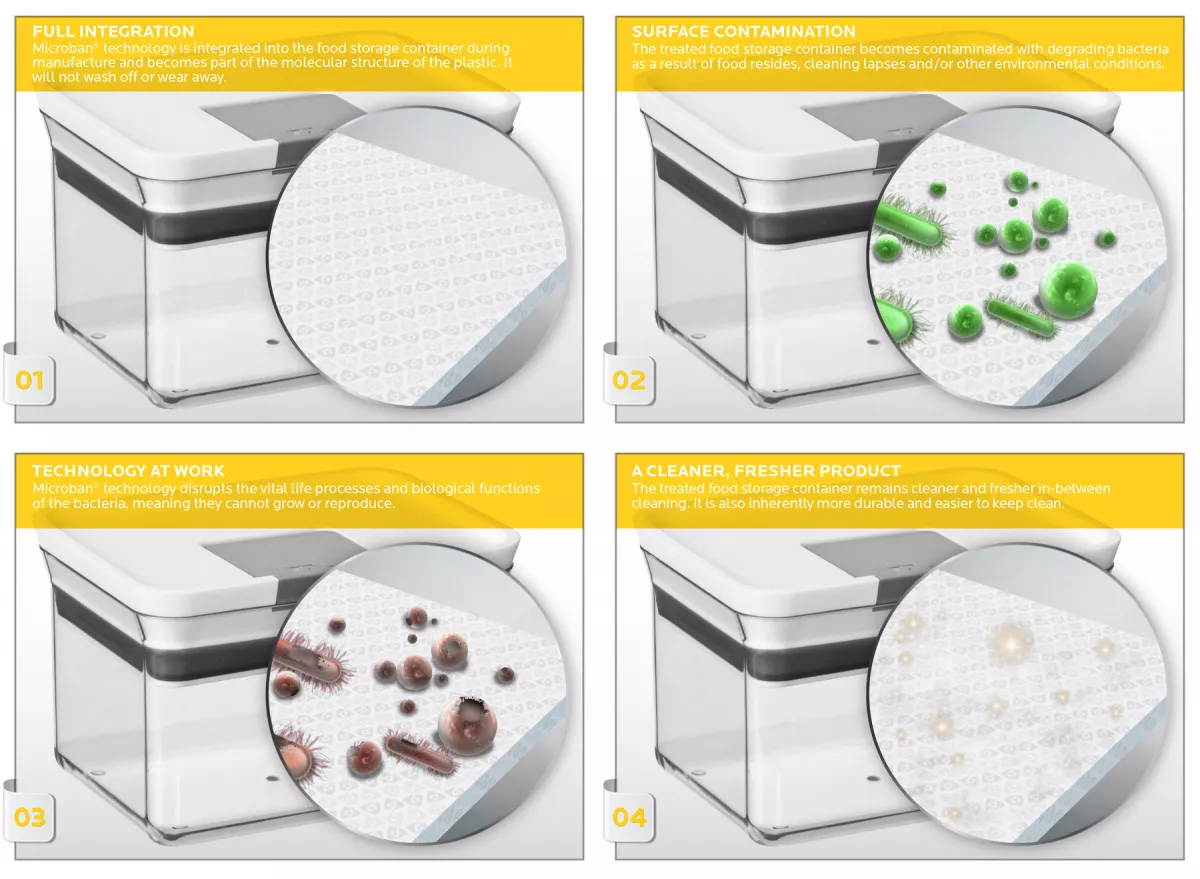Alternatives to single-use plastics are needed now more than ever before. Once held up as the affordable and convenient replacement for natural resources, plastic is now taking over our oceans and landfills, and continues to pile up by the day.
Plastic production became industrialized over 60 years ago, and the mass production of plastics has only led to an environmental crisis of growing concern. In 2015, the total amount of plastic produced globally had reached 8.3 billion tons. Even though many social attitudes surrounding plastics have negatively shifted in recent decades, in 2019 alone the global production of plastics totaled 368 million metric tons, and continues to increase year over year. The sad part is, 79% of plastics have ended up wasted and collecting in our landfills.

No more single-use plastics
The issue has made it to the forefront of global legislative efforts working to tackle plastic pollution both upstream (reducing plastic use and production) and downstream (increasing recycling practices). Addressing single-use plastics specifically has been a solid starting point in many countries, with the goal to eliminate throw-away plastics entirely, unless it can’t be avoided.
The European Union’s Directive on single-use plastics is set to address 10 items in particular - banning them from use starting July 2021 - and limiting the use of other plastic products where sustainable alternatives are available and affordable. China has implemented a system requiring corporations to report their use of single-use plastics in an attempt to cut down on waste, while also banning single-use plastic bags and straws from major cities. Even Canada has announced a proposed ban of single-use plastics including cutlery, checkout bags and straws to go into effect by the end of 2021.
Global attitudes and behaviors are continuing to shift away from single-use plastics and are looking for durable, environmentally friendly food packaging alternatives that will be suitable for multiple uses.
Food packaging is a top contributor to global waste
The once ‘admirable’ quality of plastic products was that they could last longer than other materials - which is great, if that added time is contributing to longer product lifespans and less frequent disposal - hence the growing demand for sustainable and reusable plastics. Yet, in the area of food packaging, throwing away plastic containers can be unavoidable as they can become prime hotspots for bacterial growth, staining and degradation.
Food packaging accounts for 40% of plastic production across Europe. While many try to cut down on single-use plastics, when it comes to food packaging, it’s easier to throw away damaged containers without giving it a second thought when replacements are so affordable and readily available. Other sustainable initiatives like reusable food wrap or bag replacements are hard to keep clean, and can only be reusable for so long before they start to stain, smell or breakdown.
So...what can be done? It’s clear that intentional product design is at the forefront of sustainable packaging initiatives. We cannot continue to manufacture products without first thinking about the potential waste and disposal practices, and need to create products with enhanced durability.
Antimicrobial packaging: greater value, less waste
Enterbuilt-in Microban® antimicrobial technology. While an immediate and complete reduction of plastic usage is ideal, it’s an unrealistic ask. That’s why Microban plays a part in manufacturing sustainable packaging worldwide, providing end-users with inherently cleaner options that are valued more, last longer, and are less likely to be wasted as frequently as regular plastics.
Built-in antimicrobial technology helps protect plastic products from degrading bacteria, keeping them fresher, cleaner, and more durable. Once integrated at the stage of manufacture, the technology is active and present for the product's usable lifetime, helping to prevent the reproduction and spread of bacteria 24/7.
How does antimicrobial technology work?

Market trends in antimicrobial food packaging
The antimicrobial packaging market has experienced steady growth over the last decade, and is forecasted to continue to see similar trends in the next five years. Rising awareness surrounding consumer health and hygiene is only expected to continue to drive the growth of the market in food and healthcare products, especially following the COVID-19 pandemic.
The growing demand for packaged, ready-to-eat foods are noted as a primary driver of future packaging trends, with many consumers looking for options with an improved shelf-life. The addition of antimicrobials in packaging has created the concept of 'Active Packaging,' where the materials used in packaging are developed to prevent the growth of microorganisms and ensure the safety of it's contents.
Properly designed antimicrobial packaging systems can help to prevent unwanted microbial growth and water vapor to enhance food quality. Microban technologies are safe and food-contact approved, and even effective against common food-borne bacteria, including Salmonella and Campylobacter. As many demand more sustainable packaging, there’s specifically renewed interest in antimicrobial packaging as consumers seek food with fewer preservatives.
Consumers are looking for cleaner, more sustainable food packaging and plastics
Sustainable products are at the forefront of the minds of many consumers, not to mention products with enhanced durability and cleanliness. 72% of consumers admit they now worry about exposure to bacteria, while 85% are actively making choices to protect the environment (Multi-sponsor Surveys, 2020). That’s why manufacturers are rethinking the design of plastic products so that they stay cleaner and contribute to a circular economy. Creating products that actively inhibit bacterial growth also reduces the need for harsh cleaning chemicals, offering additional benefits for water systems.
Cleaner and longer lasting packaging products with built-in Microban antimicrobial technology contribute to a slowed accumulation of plastic waste, stunting the build up of pollution overtime as more sustainable solutions continue to be developed. As social attitudes and global legislation continue to fight against plastic waste, smarter alternatives need to be in place - and Microban is ready to partner with you to make it happen.
Contact a member of the Microban team today for more information on how you can create more sustainable products and packaging options.


